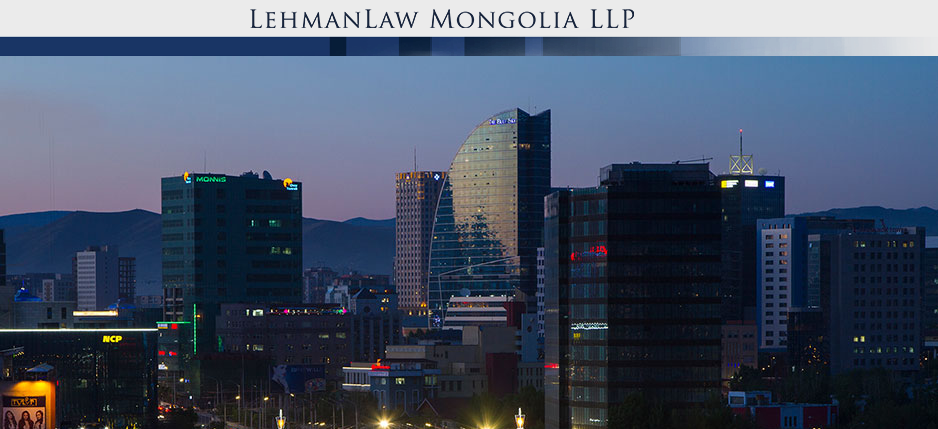This article aims to give an overview concerning the trademark infringement in Mongolia and the difference between the infringement and the crime. Pursuant to Article 12.3 of the Law on Trademarks and Geographical Indications of Mongolia, a trademark owner is entitled to exclusive ownership, usage rights, and legal right to demand cessation of unauthorized use, along with monetary damages in compensation for infringing use.
In Mongolia, the violation of trademark ownership rights is addressed in both the Law of Infringement and the Criminal Code of Mongolia, meaning trademark infringement may carry both civil and criminal penalties. As described below, the sanctions set out in these laws differ and the infringement of the trademark owner rights is relatively low compared to the crime:
According to the Law on Infringement, violation of a trademark owners legal rights may result in seizure of property and profits related to the infringement, closure of the infringing operations, and compensation of damages to the trademark owner. Individual’s involved in the infringement may be fined up to 300,000 MNT (USD ~$115) while companies may be fined up to 3,000,000 MNT (~$1150)
If damages caused by infringement are found to be greater than $300,000 MNT (~$115) the matter may be investigated as a crime. Where infringement may be considered a crime, the penalty may include imprisonment for up to 1 year, mobility restrictions, community service requirements, or fines up to 5,400,000 MNT (~$2070). These penalties may be increased if it is found the infringement was coordinated by an “organized criminal group”.
The amount of the loss/damages for the breach of industrial property rights may be proven by means of following common methods:
- On the basis of the possible revenue amount that the eligible industrial property right owner could have made
- On the basis of the amount of the licensing contract, in case the trademark owner would have used the trademark upon the conclusion of a licensing contract with the trademark owner.
The procedure on addressing the trademark infringement in Mongolia is a subject of regulation by the Law on Infringement procedure and the Criminal Code of Mongolia. The detailed information on the legal measures to be taken, their related dates and the practical challenges will be further addressed in the next article.
